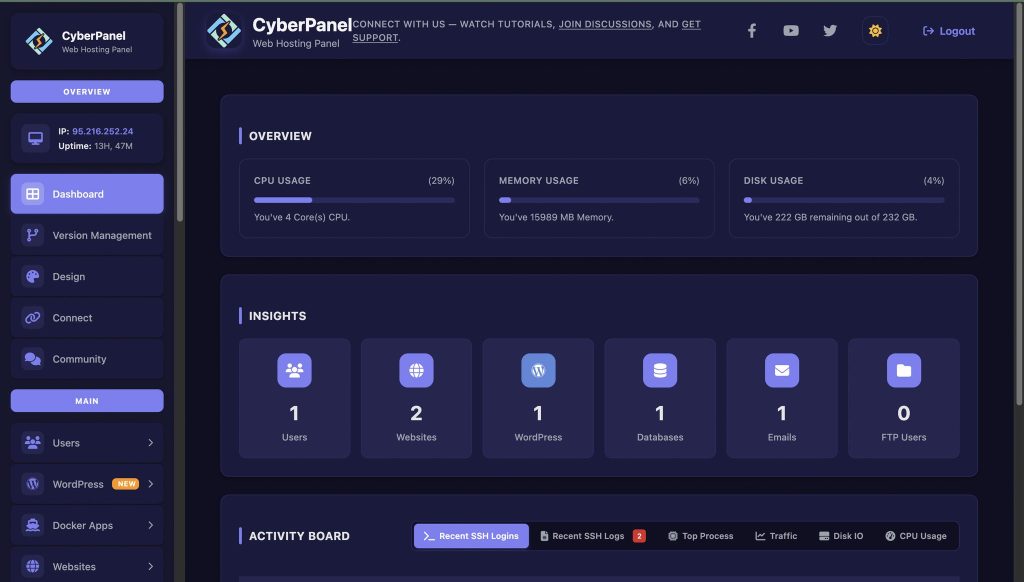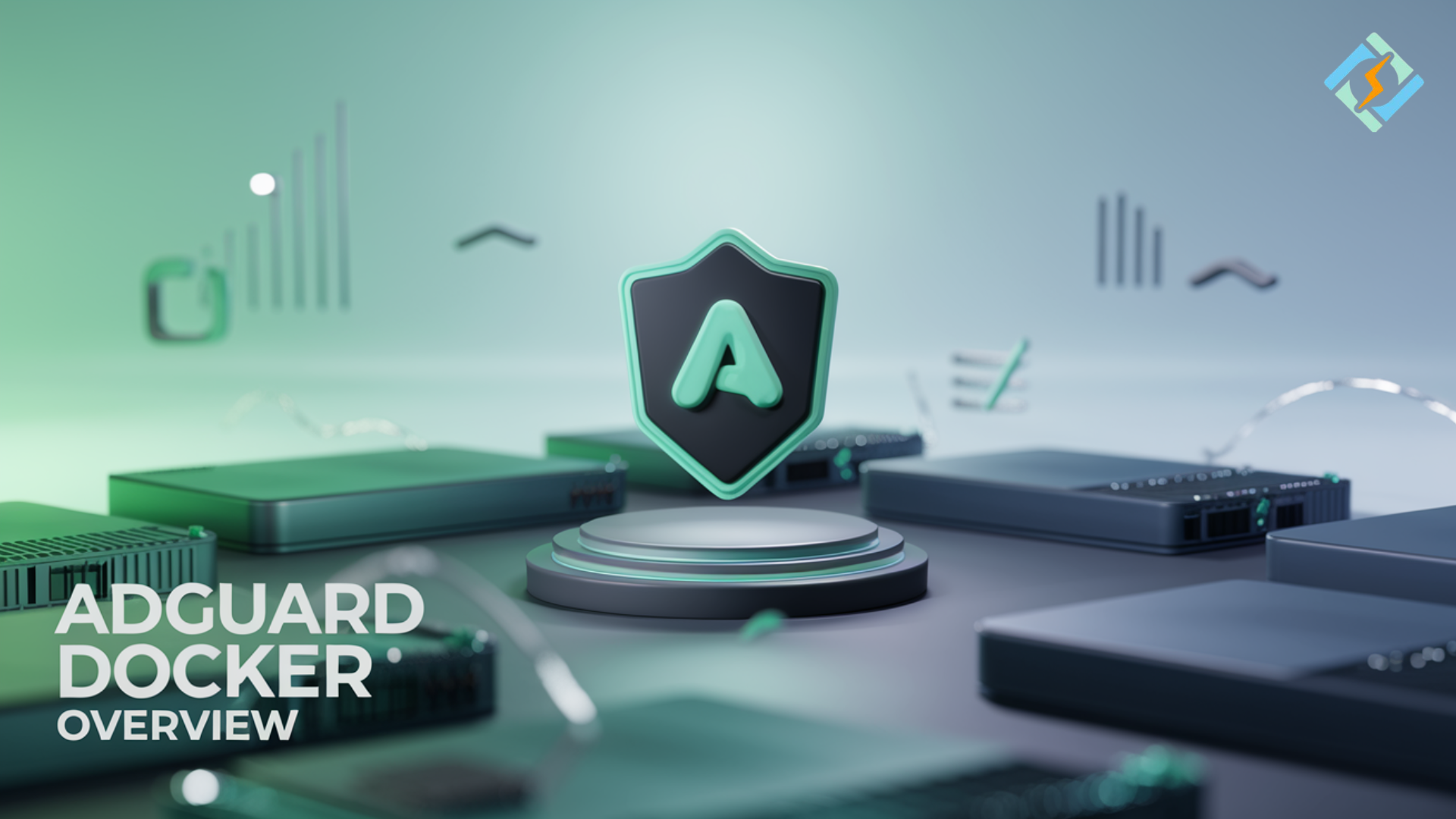With ads and trackers suffocating every corner of the web, AdGuard Docker gives you a clean, efficient way to take back your browsing privacy. By containerizing AdGuard Home with Docker, you can spin up your own ad-blocking & DNS filtering server on any server (or a local machine) in no time.
AdGuard Home runs in Docker for the added benefits of isolation, easier updates, and fast performance. Different than an ad-blocking browser extension, which blocks ads on a per-user basis, AdGuard Home can block ads and trackers from the entire network. AdGuard Home is great for home networks, VPS environments, or small businesses looking for secure and clean access to the web.
When you use AdGuard Docker Compose, the setup is a simple process of editing configuration files to suit your needs the first time, and then you can copy that to any other server or DevOps setup and use it with other services in the same stack.
Let’s break it down step by step and see how this works!
What is AdGuard Docker?
AdGuard Docker enables you to run AdGuard Home, a robust network-wide ad blocker, inside a Docker container, removing the need for complex system installation while still allowing full control of DNS-level ad blocking and filtering.
Why Use AdGuard Home Docker Instead of a Browser Ad Blocker?
While browser ad blockers filter unwanted ads, phishing links, and trackers at the browser level, AdGuard Home Docker filters unwanted content at the DNS level, before it reaches your device. Unlike browser plugins, AdGuard Home Docker will work for all connected devices: phones, TVs, PCs, and IoT devices.
Get exclusive access to all things tech-savvy, and be the first to receive
the latest updates directly in your inbox.
How to Deploy AdGuard Home Docker Compose?
Using AdGuard Home Docker Compose simplifies deployment and makes management consistent across environments. Here’s a ready-to-use configuration:
version: "3.8"
services:
adguardhome:
container_name: adguardhome
image: adguard/adguardhome:latest
restart: unless-stopped
ports:
- 53:53/tcp
- 53:53/udp
- 67:67/udp
- 68:68/tcp
- 80:80/tcp
- 443:443/tcp
- 3000:3000/tcp
volumes:
- ./work:/opt/adguardhome/work
- ./conf:/opt/adguardhome/conf
Output:
After running docker compose up -d, open http://localhost:3000 to complete AdGuard Home setup through the web interface.
How Do the AdGuard Home Docker Compose YML Files Operate?
As a compound file that outlines all necessary configurations and volumes that allow consistent deployments, the AdGuard Home docker-compose yml file is used to store configuration files in mounted volumes or directories, which guarantees that your configurations are retained when the container is updated or restarted.
How to Combine AdGuard with Other Services in Docker Compose?
AdGuard can be combined with services like Pi-hole and Unbound DNS or even Reverse Proxy services like Nginx Proxy Manager. It can also be run with media servers (i.e., Plex) or in the same stack as your home automation stack. The services can run in conjunction on the same Docker host as well.
Advantages of Running AdGuard Home in Docker
| Feature | Benefit |
|---|---|
| DNS-level Ad Blocking | Stops ads before they load |
| Easy Deployment via Compose | One-file setup and quick redeployment |
| Centralized Management | One dashboard for all network devices |
| Lightweight and Fast | Minimal system resources required |
| Privacy-Focused Design | Filters trackers, telemetry, and malicious sites |
The Importance of CyberPanel

Managing apps in Docker containers, like AdGuard Home, is made easier with a web hosting control panel, CyberPanel. The hosting portal allows you to deploy, monitor, and update containers via a nice dashboard that is handy for any sysadmin managing multiple services on multiple servers without relying on the command line.
Final Thoughts!
AdGuard Docker is not just your average ad blocker; it is your privacy fireman for your entire network. AdGuard Home Docker Compose can be deployed in minutes, protecting all your devices and giving you all the benefits of a super-fast, ad-free web browsing experience. If used for personal or commercial use, AdGuard Docker can help each individual take control of their online privacy.
Are you ready to block ads or trackers in the smart way? Deploy AdGuard Home in Docker today, and benefit from cleaner and secure web browsing on every device.
People Also Ask
How to update AdGuard Docker?
Run docker pull adguard/adguardhome followed by docker compose up -d to refresh the container while keeping configurations intact.

Is AdGuard Docker better than extensions?
Yes. AdGuard Home filters all network traffic, including smart TVs and mobile apps, not just browsers.
Does AdGuard Home support HTTPS filtering?
Yes. You can enable HTTPS filtering by generating certificates directly within AdGuard’s web UI.



